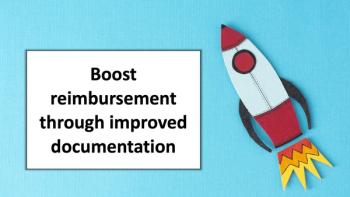
CMS to test waivers of certain MIPS requirements
Physicians participating in certain at-risk Medicare Advantage plans may be exempt from certain Merit-Based Incentive Payment System (MIPS) requirements.
Before delving into the exemption recently announced by the CMS, I want to provide some context. In 2015, Congress enacted-and President Barack Obama signed into the law-the Medicare Access and CHIP Reauthorization Act of 2015 (MACRA). As part of MACRA, a program called the Quality Payment Program (QPP) changes the way physicians are paid for treating Medicare beneficiaries. QPP creates two tracks for physician payment: the Merit-Based Incentive Payment System (MIPS)
On Jan. 9, 2018, the CMS announced the release of a new voluntary bundled payment model. Building on the prior Bundled Payments for Care Improvement (BPCI), the new Bundled Payments for Care Improvement Advanced (BPCI Advanced) initiative will qualify as an Advanced APM under the QPP. These models are not straightforward.
For example, a Participant is
On June 29, 2018, CMS announced it was “advancing the Medicare Advantage Qualifying Payment Arrangement Incentive (MAQI) Demonstration, which, when approved and adopted, would waive MIPS requirements for clinicians who participate sufficiently in certain Medicare Advantage plans that involve taking on risk. CMS seeks public comment on the information collection burdens associated with the demonstration, which is under consideration for formal approval.”
For physicians, this means knowing their payer mix and plans as well as having adequate reserves to cushion the deficit of payment if the standards are not met. Physicians also need to assess their appetite for risk, which equals probability multiplied by severity. In sum, a physician needs to consider what their risk tolerance is and the range for upside and downside risk in the QPP.
Rachel V. Rose, JD, MBA, advises clients on compliance and transactions in healthcare, cybersecurity, corporate and securities law, while representing plaintiffs in False Claims Act and Dodd-Frank whistleblower cases. She also teaches bioethics at Baylor College of Medicine in Houston. Rachel can be reached through her website, www.rvrose.com.
Newsletter
Optimize your practice with the Physicians Practice newsletter, offering management pearls, leadership tips, and business strategies tailored for practice administrators and physicians of any specialty.








